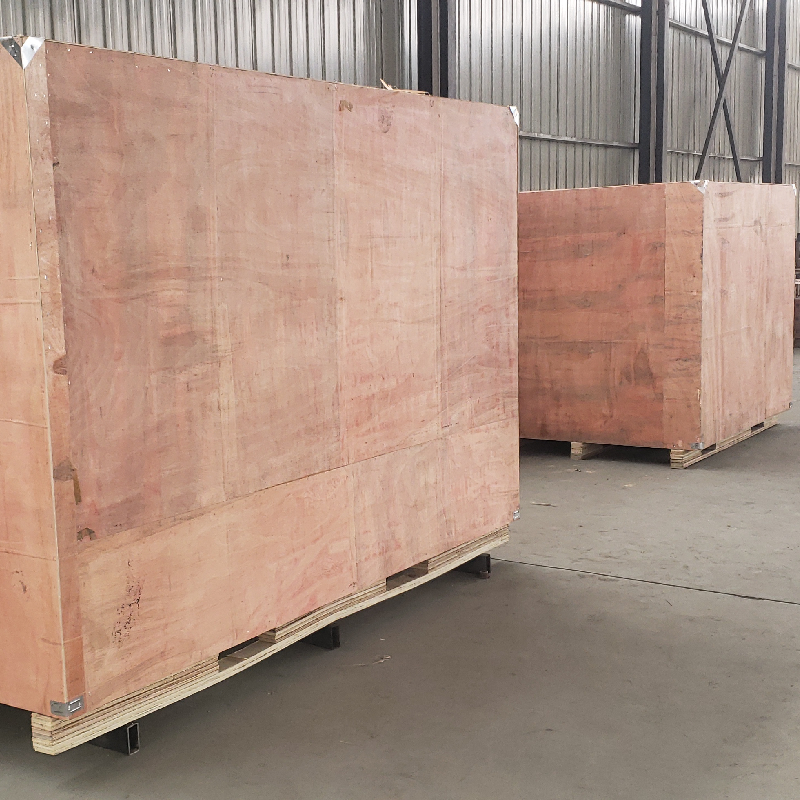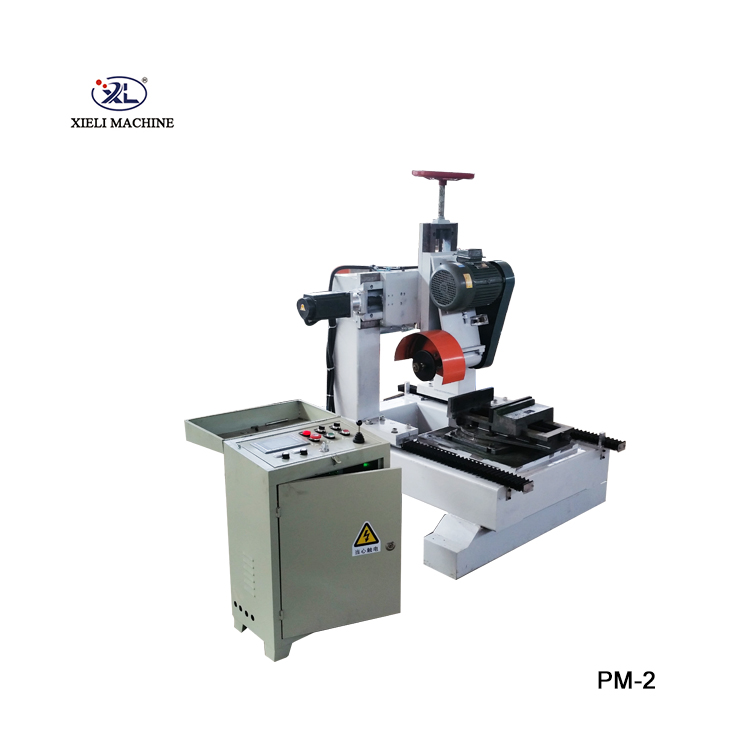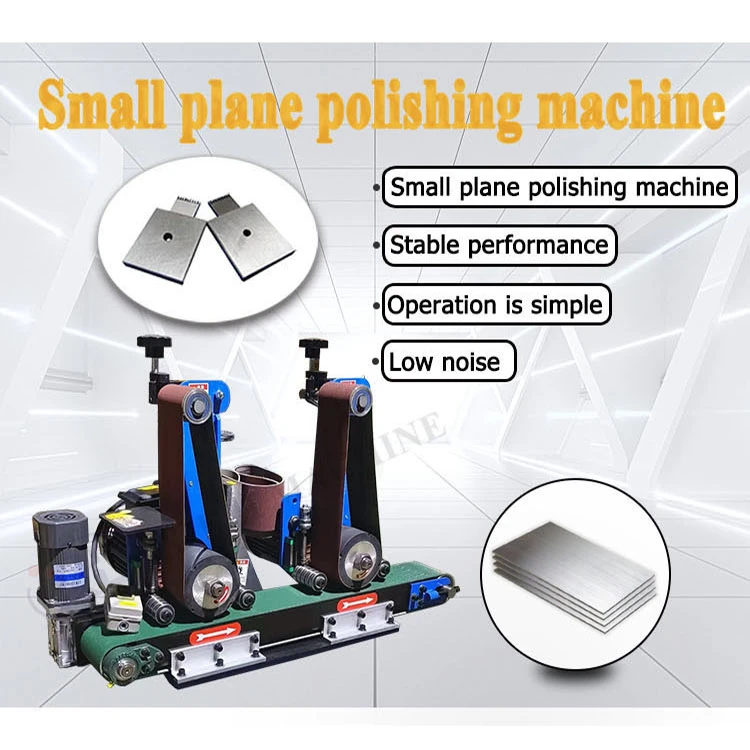The Evolution and Impact of Tube Mirror Polishing Machines
In today's industrial landscape, the demand for high-quality, reflective surfaces is more significant than ever, particularly in industries like architecture, automotive, and aerospace. A tube mirror polishing machine plays a critical role in achieving these standards, transforming rough metal tubes into beautifully polished, mirror-like finishes. This technology has undergone substantial evolution, enhancing efficiency, quality, and versatility in various applications.
What is a Tube Mirror Polishing Machine?
A tube mirror polishing machine is specifically designed to polish cylindrical metal tubes. The primary function of these machines is to remove surface imperfections, scratches, and oxidation, resulting in a glossy finish that is not only aesthetically pleasing but also functional. These machines utilize different polishing processes such as buffing, grinding, or applying a chemical treatment, depending on the material and the desired end finish.
Key Components and Mechanisms
Most tube mirror polishing machines consist of several critical components 1. Polishing Wheel Typically made from a durable abrasive material, the polishing wheel spins at high speeds to achieve the desired surface finish. 2. Feeding Mechanism This element controls how the tube is introduced to the polishing wheel, ensuring consistent pressure and speed for an even polish. 3. Control System Modern machines are equipped with computer numerical control (CNC) systems that allow precise adjustments to speed, pressure, and polishing duration. This automation reduces human error and results in higher quality finishes.
Applications of Tube Mirror Polishing Machines
The applications of tube mirror polishing machines are extensive. In the automotive industry, they are used to polish exhaust pipes, giving them a striking visual appeal and enhancing corrosion resistance. Similarly, in the aerospace sector, polished tubes are critical for reducing drag and maintaining aerodynamic efficiency. Other significant applications include plumbing fixtures, architectural elements, and even artistic installations, where the reflective quality of polished surfaces plays a vital role.
tube mirror polishing machine

The Advantages of Tube Mirror Polishing
The benefits of using tube mirror polishing machines are numerous - Enhanced Aesthetics Polished surfaces are visually more appealing, making products stand out in competitive markets. - Improved Durability A polished finish can enhance the corrosion resistance of metal surfaces, prolonging the lifespan of the product. - Efficiency in Production Automated machines can significantly decrease the time needed for polishing compared to manual methods, leading to increased productivity. - Customizable Finishes Advanced machines allow for varying degrees of polish, catering to specific industry requirements and client preferences.
The Future of Tube Mirror Polishing Machines
As technology continues to advance, so does the potential for tube mirror polishing machines. Innovations like the integration of artificial intelligence (AI) and robotics are set to revolutionize the industry. Machines that can analyze surface imperfections in real-time and adjust polishing parameters accordingly will not only improve efficiency but also lead to superior product quality.
Moreover, as sustainability becomes a guiding principle in manufacturing, there is a growing focus on developing eco-friendly polishing methods. Some companies are exploring water-based polishing compounds and energy-efficient systems to minimize the environmental impact of the polishing process.
Conclusion
In summary, tube mirror polishing machines are indispensable tools in contemporary manufacturing, significantly influencing both aesthetic qualities and functional properties of products across various industries. Their evolution from basic manual devices to sophisticated automated systems underscores the importance of innovation in achieving high-quality finishes. As technology progresses, these machines will undoubtedly become more efficient and versatile, paving the way for new applications and sustainable practices. Consequently, both manufacturers and consumers can look forward to a future where the brilliance of polished surfaces continues to shine.





